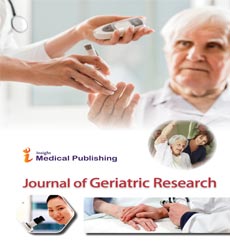An investigation of channels with the perforated wall for an external boundary layer controls
Abstract
In recent years liquid-infused surfaces (LISs) have become a heavily studied topic due to their broad application range such as self-cleaning, pressure stability and ultra-slippery properties in channel flow. LIS relies on a physiochemical surface coverage with a low viscosity fluid creating an intermediate layer between the flowing fluid and a channel’s surface. Depending on the properties of the infused liquid the LIS is characterized by an effective slip length as the frictional drag that slows down the fluid flow at microscales is reduced. During flow shear forces may cause the partial or complete removal of the infusion liquid layer canceling the desired drag reduction effect. This effect could not be avoided so far due to a missing external access to the infusion layer on the channel’s surface. The main purpose of this study is the development of a technique to achieve active control of the infusion layer.
In recent years liquid-infused surfaces (LISs) have become a heavily studied topic due to their broad application range such as self-cleaning, pressure stability and ultra-slippery properties in channel flow. LIS relies on a physiochemical surface coverage with a low viscosity fluid creating an intermediate layer between the flowing fluid and a channel’s surface. Depending on the properties of the infused liquid the LIS is characterized by an effective slip length as the frictional drag that slows down the fluid flow at microscales is reduced. During flow shear forces may cause the partial or complete removal of the infusion liquid layer canceling the desired drag reduction effect. This effect could not be avoided so far due to a missing external access to the infusion layer on the channel’s surface. The main purpose of this study is the development of a technique to achieve active control of the infusion layer.
Open Access Journals
- Aquaculture & Veterinary Science
- Chemistry & Chemical Sciences
- Clinical Sciences
- Engineering
- General Science
- Genetics & Molecular Biology
- Health Care & Nursing
- Immunology & Microbiology
- Materials Science
- Mathematics & Physics
- Medical Sciences
- Neurology & Psychiatry
- Oncology & Cancer Science
- Pharmaceutical Sciences
